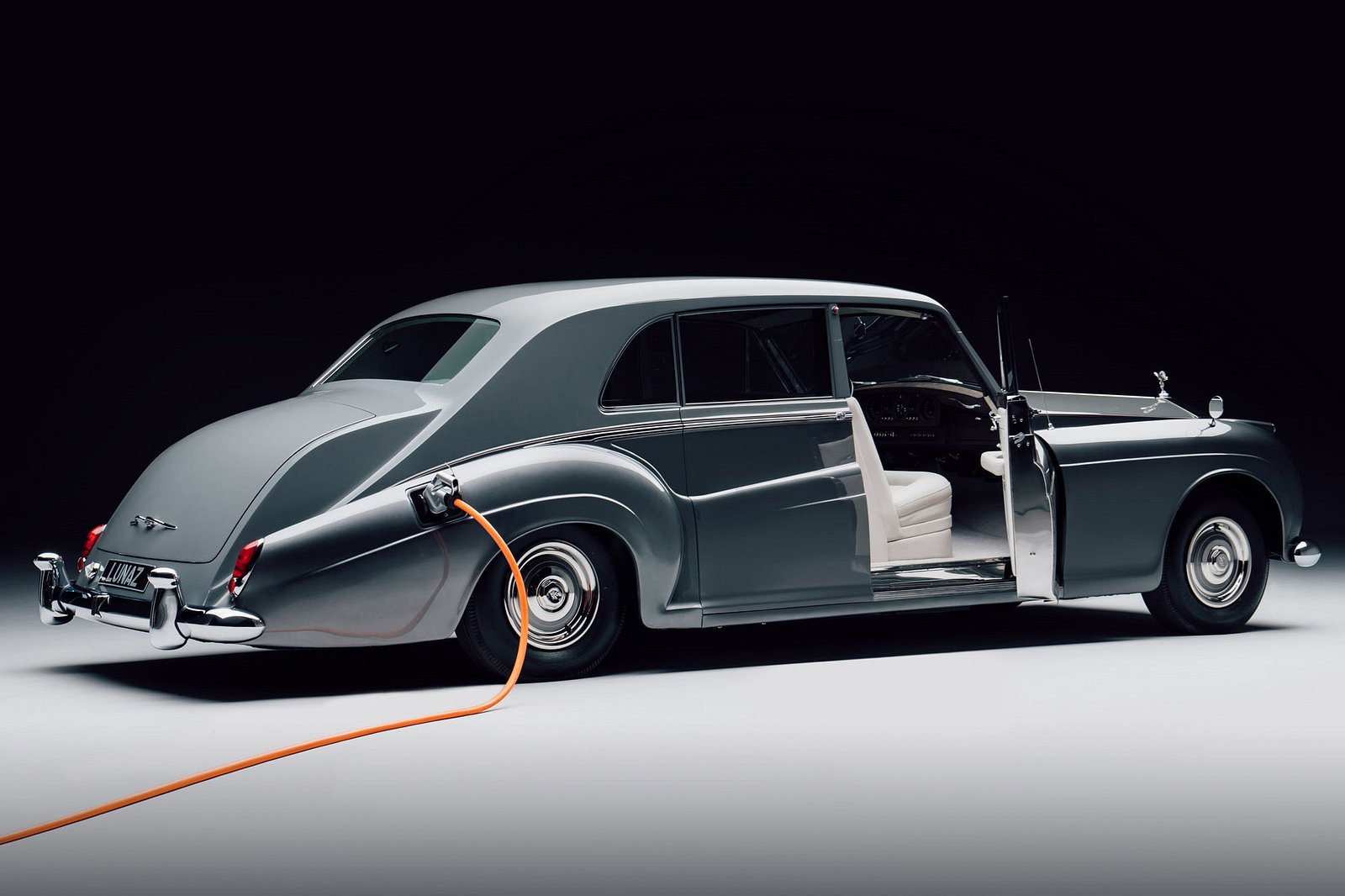
The original Mini was once the definition of a people’s car – a mass-market tool to make personal transport affordable and practical for the masses. They ooze character and have been the foundation of dozens of automotive cliches ranging from exceptional visibility to a terrible seating position and, my favorite, go-kart handling. Let’s be clear – nothing but a go-kart handles like a go-kart.
OG Minis were famed for many things: their iconic Alec Issigonis-designed styling, the central instrument cluster, the compact footprint, and, yes, their fun handling. But, with the exception of a few specific performance variants, the engine was simply a product of the times, meant to provide adequate propulsion in a relatively fuel-efficient manner.
In the overall context of the experience of driving an old Mini, the engine is a mere whisper, so prevalent is the steering feel, handling dynamics, brakes (or lack thereof), and suspension incapable of absorbing the impact of driving over a penny. In an old Mini, there is so much noise from every stone hitting the undercarriage and clunking over every imperfection in the road that an electric powertrain wouldn’t change the overall experience much.
But what about weight? The Mini is a fun little toy that doesn’t need to travel 300 miles on a charge or hit 60 mph in under 10 seconds. For these reasons, you only need a small e-motor and battery pairing, giving you 100 miles of range and 122 horsepower – just like the official Mini EV conversion.

